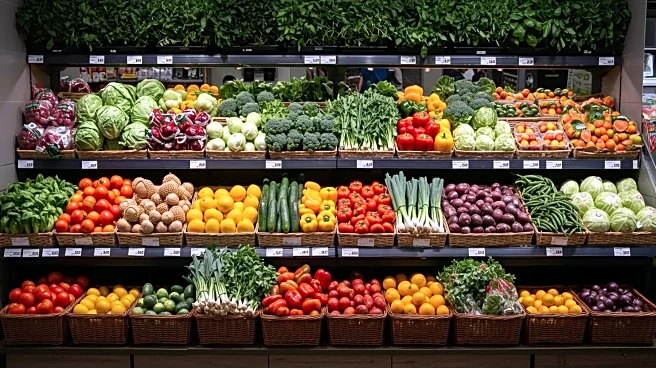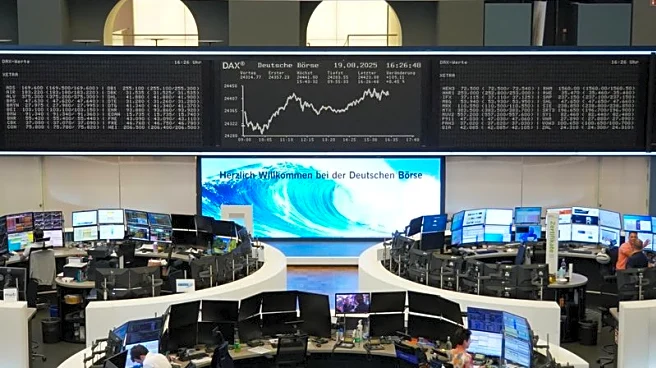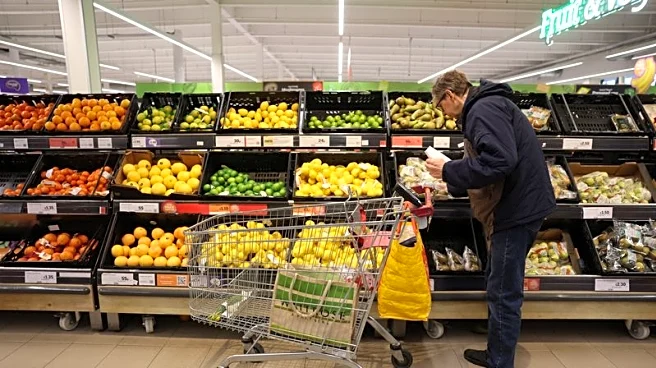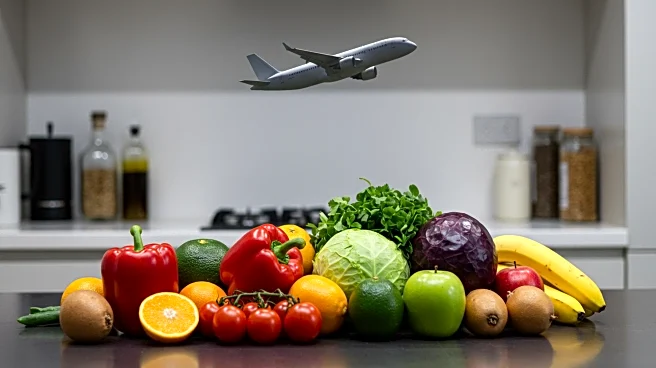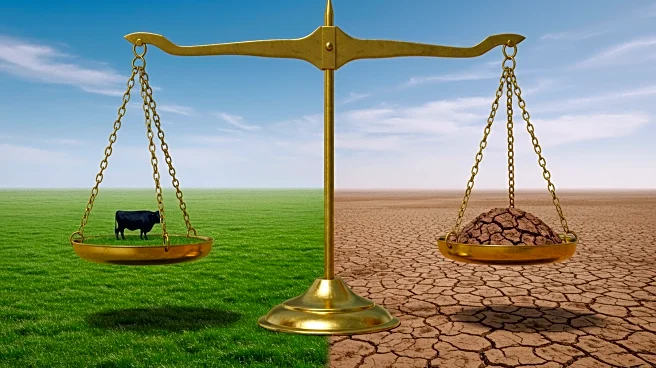Rapid Read • 8 min read
Food prices have been increasing steadily, with inflation for food and non-alcoholic drinks rising by 4.9% in the year to July. Over the past five years, these prices have surged by approximately 37%. Several factors contribute to this trend, including climate-related issues such as droughts affecting crop yields and extreme weather events globally. Additionally, geopolitical events like the war in Ukraine have disrupted supply chains, further driving up costs. Business owners are also facing increased operational costs due to higher minimum wages and employer National Insurance Contributions. These factors are forcing businesses to pass on costs to consumers, who are already feeling the pinch in their budgets.
AD
The rising food prices have significant implications for consumers, particularly low-income families who spend a larger portion of their income on food. This demographic is more vulnerable to price increases, as they have fewer options to cut costs compared to higher-income households. The situation is exacerbated by inflation, which affects the overall cost of living, forcing families to make difficult choices about their spending. Businesses are also impacted, as they must navigate increased costs while trying to maintain customer loyalty. The broader economic impact includes potential changes in consumer behavior, such as reduced spending on dining out and increased reliance on cheaper food options.
The Bank of England anticipates that food price inflation will peak at around 5.5% by the end of the year, with a potential decrease to between 2% and 3% in 2026. Businesses may continue to adjust their strategies to cope with rising costs, potentially leading to changes in employment and service offerings. Consumers might further alter their spending habits, prioritizing essential purchases and seeking more affordable alternatives. Policymakers and economic analysts will likely monitor these trends closely to assess the need for interventions or support measures to mitigate the impact on vulnerable populations.
The ongoing rise in food prices highlights broader issues such as climate change and geopolitical instability, which have long-term implications for global food security. The need for sustainable agricultural practices and resilient supply chains becomes increasingly critical. Additionally, the economic pressures faced by businesses and consumers may lead to shifts in market dynamics, influencing future policy decisions and economic strategies.
AD
More Stories You Might Enjoy


